Text













happy pride!!!!!!!
18 notes
·
View notes
Text
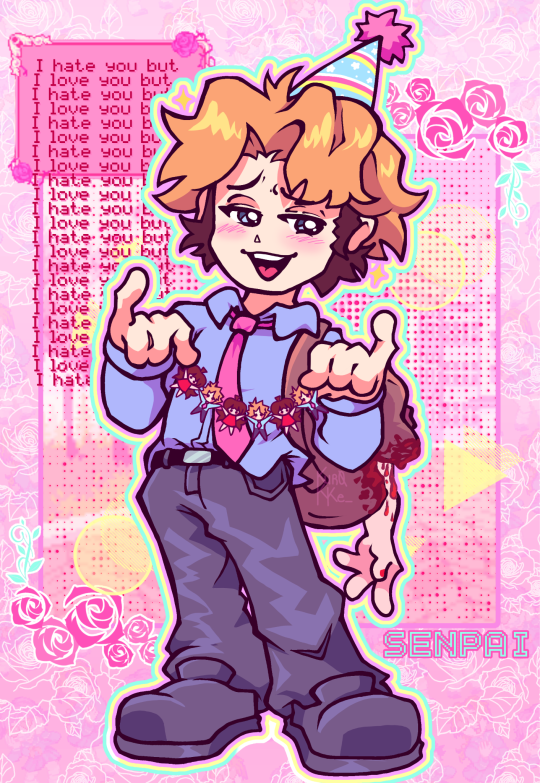
I still using Tumblr, hi 💥
Senpiss drawing I did for a collab for fnf week 6 anniversary HUHHHH JUUST THAAAT
397 notes
·
View notes
Text

Not bad for an ugly WORM.
241 notes
·
View notes
Photo
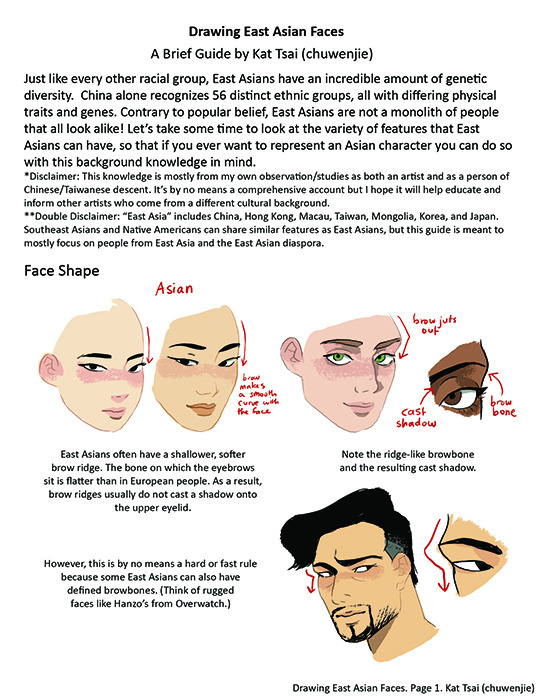
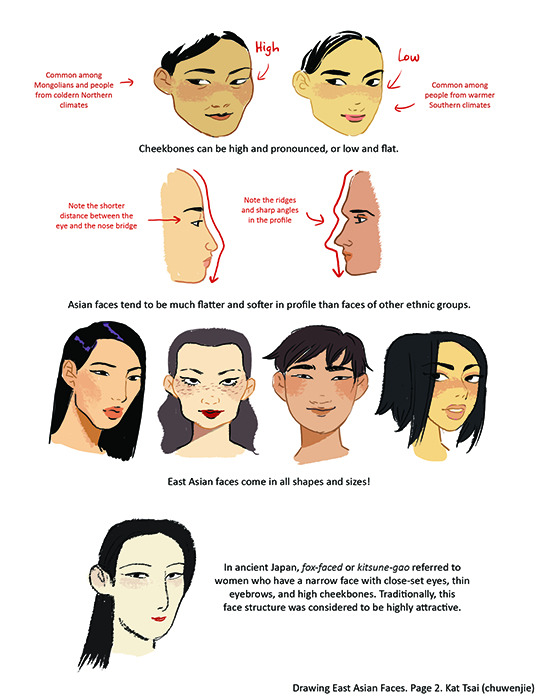
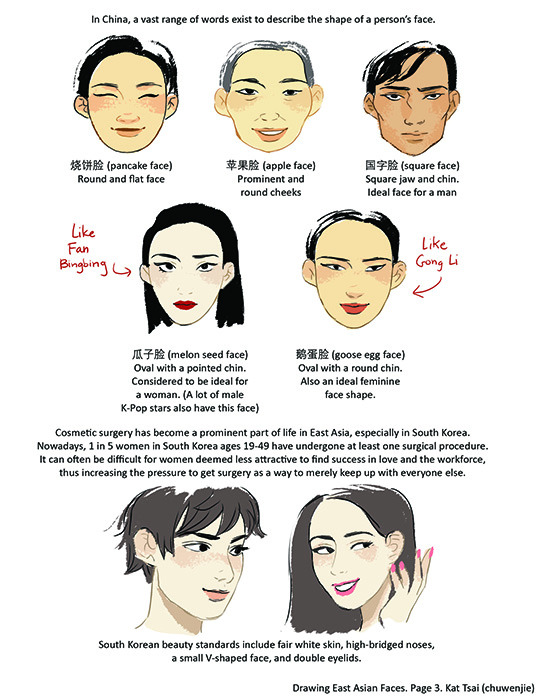
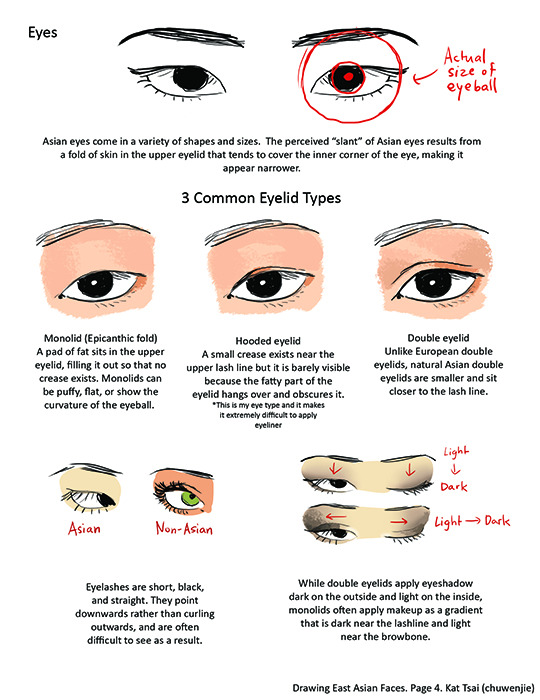
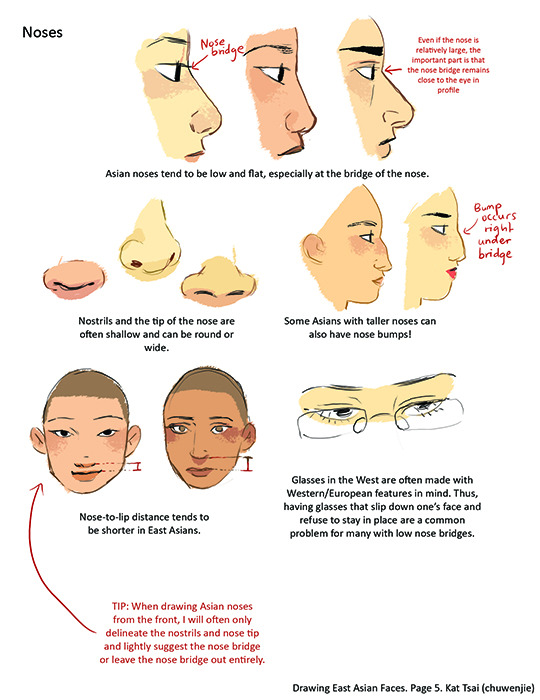
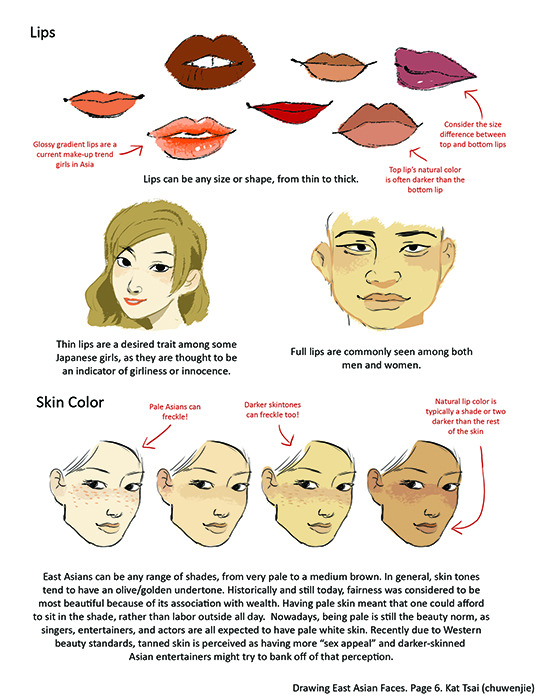
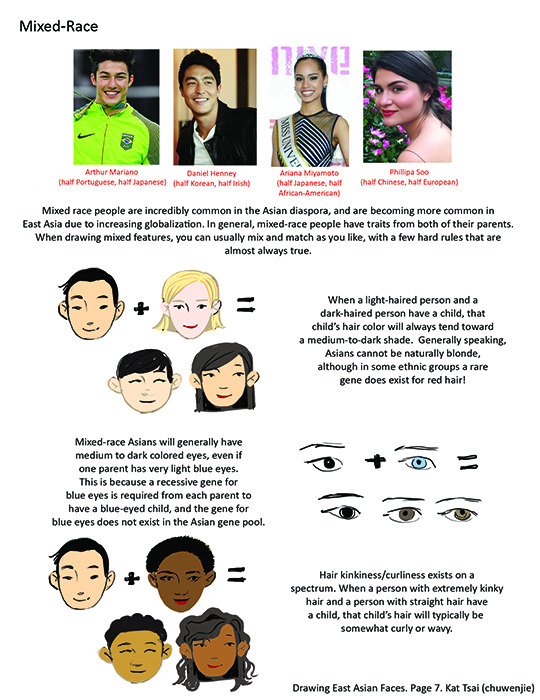

A compilation of stuff I know about drawing Asian faces and Asian culture! I feel like many “How-To-Draw” tutorials often default to European faces and are not really helpful when drawing people of other races. So I thought I’d put this together in case anyone is interested! Feel free to share this guide and shoot me questions if you have any! I’m by no means an expert, I just know a few things from drawing experience and from my own cultural background.
262K notes
·
View notes
Text









GEENA DAVIS as VERONICA QUAIFE THE FLY (1986) dir. David Cronenberg
#I mainly post about seth#because his decent from cute awkward nerd#to cruel and sexist#to a barely understandable mutant#and then Bug™️#is fantastic#But Veronica is objectively smarter and stronger#she's so cool#Like he does not deserve her!!!#anyways#god i love the fly#ronnie
1K notes
·
View notes
Text


David Cronenberg in behind the scenes photos from The Fly (1986)
5K notes
·
View notes
Text























80s movie blinkies
2K notes
·
View notes
Photo


The Fly
40 notes
·
View notes
Photo

#thefly #horrorart
6 notes
·
View notes
Text
All this discourse over who does "painting with light"
Hiroshi Nagai's paintings need sunglasses to look at.

They look like how it feels to walk across a parking lot on a 98° summer day without a speck of shade in sight.
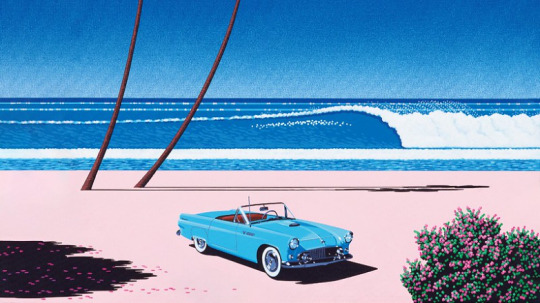
They look like heaven but also like you'd burn your bare feet on the ground.

Even when you can see shade you know it's not enough and the minute you step out you'll be burnt to a crisp like a vampire.

And it's BEAUTIFUL
47K notes
·
View notes
Text
big fan of "one william" as a quantity. keep it up
61K notes
·
View notes
Text
I had a higher quality drawing for Annie’s birthday- but I think this is better

151 notes
·
View notes
Text

401 notes
·
View notes



